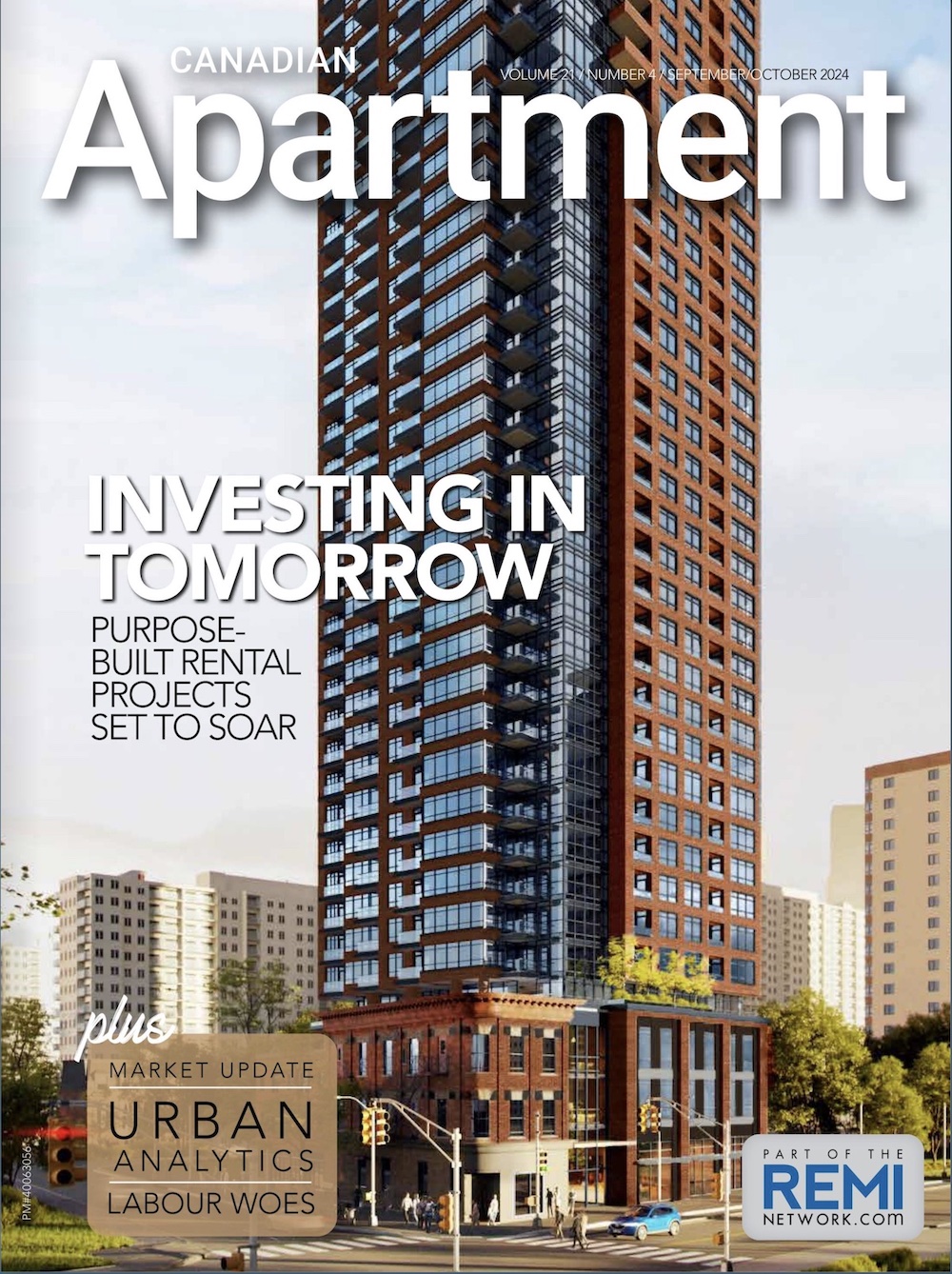CMHC’s latest housing market report forecasts a dip in new-home construction over the next two years due to low oil prices taking their toll on the economy. Oil-dependent provinces, like Alberta and Saskatchewan, will feel the effects the most—particularly on the heels of the record-setting year that was 2014. In Alberta, reductions are forecast for both single-detached and multifamily starts, with the decline being most pronounced in the multifamily segment. If these indicators are accurate, what ramifications will they have on the rental market?
“Right now we don’t know what the slowing economy will mean for the rental market,” says Amit Grover, Vice President, Multifamily, at Colliers in Edmonton. “Back in 2008, during the credit crisis, we expected to see rapidly declining prices in the single family market as well as the rental market—neither of which really happened. While house prices did decrease slightly, rental rates stayed at relatively the same levels with the help and re-introduction of rental incentives. In my opinion, if the housing market does slow in Alberta, it will have little impact on the rental market.”
In October 2014, CMHC’s Rental Market Report cited that the average apartment vacancy rate in Alberta’s urban centres was 2.1 per cent—up from 1.6 per cent in October 2013. The rise in vacancy rate was attributed to a combination of two factors: an increase in rental supply and the dip in net migration, which had reached a record high of 86,922 in 2013.
Despite this, Grover says changing demographics and the affordability of homes are apt to affect rental rates in a positive way. “Baby boomers are downsizing and simplifying their lives,” he notes. “It’s not uncommon for them to move from their larger homes into smaller, newer rental product. Less hassle and no yard maintenance. Millennials, on the other hand, are just fine being renters. They want more urban locations; they want to ride their bikes and dine out. The last thing they want is to be house poor. A five per cent or so reduction in home prices will not change the situation for either of these groups.”
Grover points out that a decade ago, the Edmonton market was said to be comprised of 70 per cent ownership and 30 per cent rental—a trend that has shifted in the last 10 years. “We are now closer to a 65 per cent ownership, and 35 per cent rental,” he notes, adding that, “this trend will continue as first time buyers are priced out of the market, regardless of slight price adjustments.”
Increased purpose-built rental supply
In 2014, both Calgary and Edmonton saw an abundance of new apartments come on stream, which Grover warns may have some implications as competition heats up. “We have built more rental product in Edmonton in the last two years than we have in the last 35 years,” he says. “Given this, purpose-built rental may see slight declines in rental rates but nothing too drastic.”
While Grover shows a degree of optimism, the media is showing anything but—plying Albertans with tales of woe, warning them of the challenging times that lay ahead. “The headlines keep telling us that we’re going to see a big downturn,” he says. “House prices are plummeting, jobs have been lost by the thousands, etc. The truth is, we haven’t seen drastic changes in our market as of yet. Anecdotally, most of the larger apartment owners I’ve talked to claim that vacancy rates have only marginally increased.”
Still, all the doom and gloom makes deals tougher to put together. Grover notes that the Buyer/Seller gap in Alberta has increased since last year. “Buyers claim that the world has changed. Oil has plummeted and a new NDP government is in majority power, so expect the worst. Sellers, on the other hand, just aren’t seeing the change as their buildings remain full. Buyers want better deals and sellers just aren’t ready to give in.”
Erin Ruddy is the editor of Canadian Apartment Magazine






